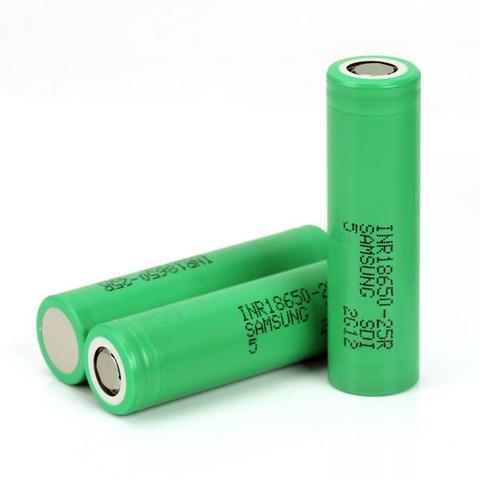Lithium-ion has not fully developed and is still improving. Important progress has been made in the life span and security while the boundaries gradually increase. At present, Li-ion fulfills the desires of most gadgets, but applications for EV require easy upgrades before these resources turn into recognized standards.
In theory, such a mechanism must always be successful, but cycling, rising temperatures, and aging reduce execution after some time. Lithium-Ion Batteries manufacturers adopt a preservation strategy and determine the life of Li-ion in most buyer items as around 300 and 500 discharges/charging cycles.

Image Source: Google
Assessing the battery life of the inspection cycle does not determine given the fact that the release can change inside and outside and there are no clear guidelines about what constitutes the cycle. In lieu of cycle checking, some gadget manufacturers recommend replacing batteries in city seals, but this technique does not take into consideration.
Battery performance is estimated to be within limits, a key health indicator. Inner protection and self-release also play a role, however, this is less important in predicting the end of the existence of a battery with current Li-ion.
Likewise, manufacturers have a tendency to misrepresent their batteries, realizing that not many clients will conduct a direct and low-level examination. Not matching a single cell on a cell phone and tablet, as needed in a multi-cell package, opens up channels for much wider execution recognition. Cells with decreasing limits can slip through the split without the buyer knowing.
